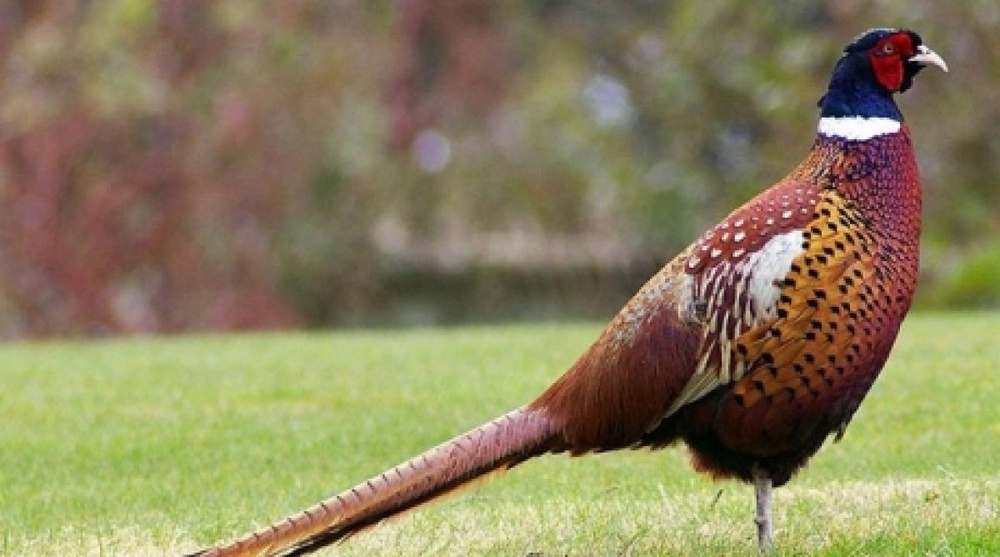
Pheasant breeding in the Astana Green Belt will help insect-pest control in the area, Tengrinews reports citing the press office of the Astana Akimat (Municipal authorities).





Pheasant breeding in the Astana Green Belt will help insect-pest control in the area, Tengrinews reports citing the press office of the Astana Akimat (Municipal authorities).
The Astana Green Belt is a planted woodland belt round Astana called to protect the city from the strong winds carrying dust from the surrounding steppes and improve the environment. The tree planting initiative was launched in 1998 after the Kazakhstan capital was moved from Almaty to Astana in 1997. Over 60 thousand hectares of woods have been planted around Astana since.
“Pheasant breeding would solve a number of issues like control of insect-pests (as a biological pest control method), bringing the green belt closer to the natural environmental condition of wild forests, and expanding the pheasant habitat in Kazakhstan,” the authorities said.
According to the municipal authorities, development of flora and fauna in the Astana Green Belt should happen simultaneously. Currently, the inhabitants of the Astana Green Belt are not particularly diverse: only hares and partridges so far.
“To increase the diversity of birds, we decided to start breeding pheasants of the Phasianidae family. Pheasant can tolerate cold weather (for the night they borrow in snow). They do not require much care and only need to be fed during winter,” the press office said.
For breeding purposes, specialized facilities for winter season were built in the woods near Rozhdestvenskaya highway. One of the houses is designated for mother hens and the other one for chicks.
“125 pheasants were purchased in 2010 to 2011. The pheasants have been breeding actively and in three years 3210 pheasants have hatched through incubation. 2333 of them have already been released into the wild. Wild pheasants are under the constant observations. If there is need they are provided additional feeding. This April, 704 pheasants were released in the green belt territory,” the Akimat representative said.
Writing by Gyuzel Kamalova, editing by Tatyana Kuzmina


 +7 (777) 001 44 99
+7 (777) 001 44 99















































